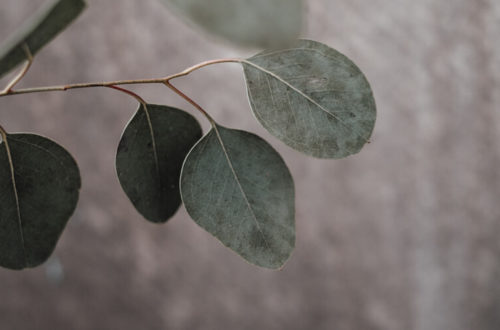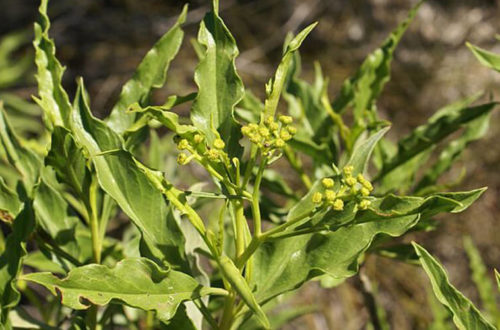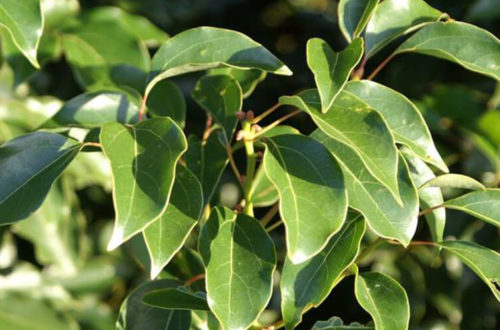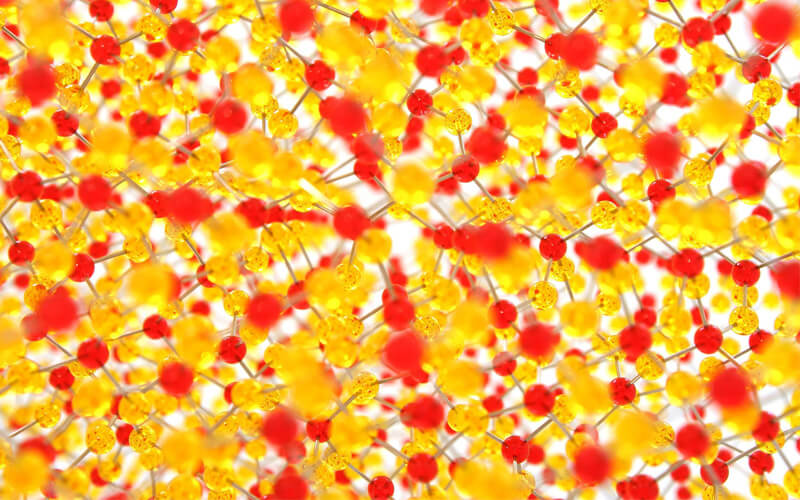
Chemotypes or Active Principles
To obtain an essential oil of the highest quality, number of requirements must be met: harvest the plants of the best soils in a timely manner, prepare and keep with extreme care. Some essential oils, it is essential to specify the chemotype. Indeed, after distillation according to the soil, the same plant can have an essential oil to the different chemical composition, which will guide its properties and therapeutic indications.
WHAT THE Chemotype ?
Fabienne Millet, doctor of pharmacy and expert in aromatherapy says : Some essential oils it is necessary to define “essential oil chemotyped”. This means that the same aromatic plant can produce several essential oils with different chemical compositions from the same organ. Various factors may be involved in this variation of the chemical composition: the composition of the soil on which the plant grew; sunshine ; altitude; the harvest period; the method of cultivation. The components are no longer in the same quantity and sometimes some come and go. The constituent or constituents which have varied are called chemotype (ct abbreviation.). This component is not necessarily the majority component.
EXAMPLES
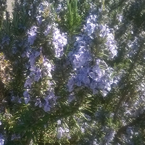
Example rosemary officinalis Rosmarinus officinalis. There are three essential oils of rosemary, whose chemical compositions have important differences:
- EO Rosemary officinalis cineole ct 1-8 (branches)
- EO rosemary officinalis ct camphor (branches)
- EO rosemary officinalis ct verbénone, bornyl acetate (branches).
It follows, therefore, for each of the three, a specific therapeutic use. On the common thyme Thymus vulgaris, there are at least 7 chemotypes. Therefore, there will be at least 7 essential oils common thyme, with therapeutic indications and different precautions by the specified chemotype.
OTHER WAYS OF EXPRESSING
Jean-Charles Sommerard Confessions Perfume “These therapeutic components of the essential oil. This accuracy is crucial because, under the same Latin name, we find essential oils at different biochemical composition, influenced by the soil, the climate, the harvest period. The chemical type adds more to the knowledge of the product and it can be used properly. ” Dr Valnet, Aromatherapy, healing through essential oils “The physicochemical characteristics of essential oils vary according to many factors (place of origin, climate and various modifications – periods of heavy rain or large extended droughts – time and means harvesting, extraction processes, etc …”
CONCLUSION
“The indication of the active ingredient or chemotype is indispensable and helps the health practitioner to practice a serious and appropriate aromatherapy. Moreover, in case of shortage, it can replace the missing essential oil by another containing a similar formula.



